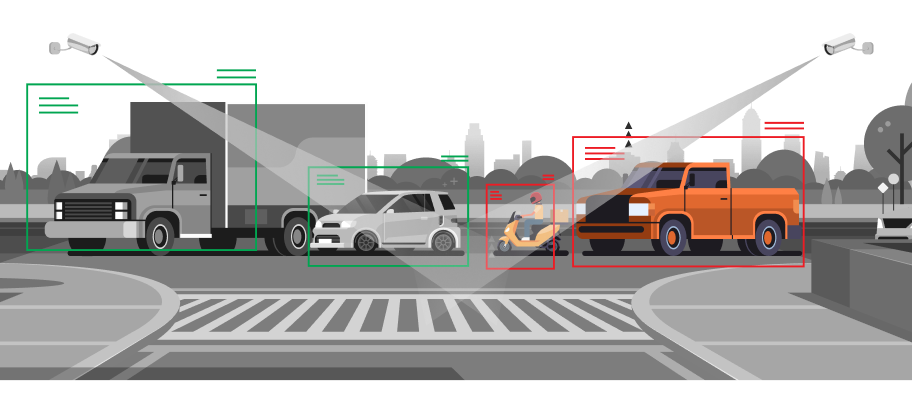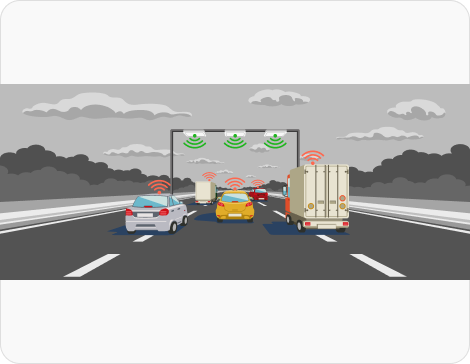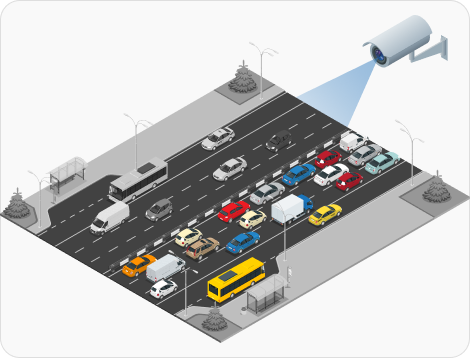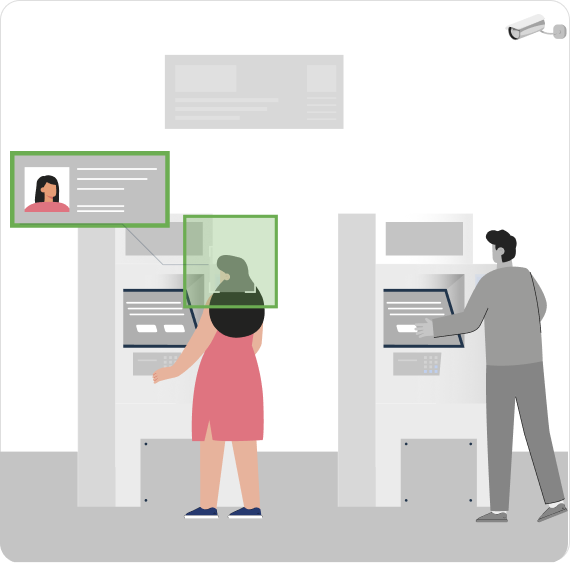Traffic Flow Optimization
Improve mobility and reduce congestion with AI-supported traffic management.


Industrial zones, ports and urban areas experience frequent congestion due to manual traffic management. It leads to delays which can cause financial losses. AI and computer vision can help optimize traffic by analyzing real-time data around vehicle movement to reduce wait times and enhance safety of the roads.
Heavy traffic at intersections causes bottlenecks which stop vehicle movements, causing inefficiencies.
AI can dynamically adjust traffic signals to balance vehicle flow and reduce congestion.
Traditional traffic management doesn’t do continuous tracking or predictive analytics.
AI processes real-time CCTV footage to understand traffic patterns and optimize management accordingly.
Manual scheduling and route planning can cause delays, congestions and increased fuel costs.
Real-time cargo flow analysis, dock availability and route conditions help ensure overall effective transportation.
Heavy machinery, largo cargo and blind spots increase the chances of accidents at docks and container yards.
Computer vision detects potential risks in real time and alerts the drivers and logistics coordinators.
High-volume transport environments that deal with large cargo can use AI to streamline operations, reduce delays and improve safety.


We analyze cargo movement, vehicle flow and dock operations to integrate AI optimization models.
The system learns traffic bottlenecks, loading/unloading patterns and optimal routing for smooth transport.
AI tracks the fleet movement in real time, identify congestion points and potential hazards for proactive management.
AI generated insights help minimize delays, optimize resource allocation and improve future logistics planning.
Stay updated with the trending and most impactful tech insights. Check out the expert analyses, real-world applications, and forward-thinking ideas that shape the future of AI Computer Vision and innovation.
Collaboration creates a story. Some are born from timing, others from shared ambition. But the partnership between WebOccult and Deeper-i began from something subtler, a mutual belief that intelligence should live closer to the world it serves. For years, Vision AI has been mastering the art of seeing, while Edge AI has been perfecting the […]

CEO & Co-founder
Any object that leaves a factory belt carries an identity. It may appear as a string of numbers etched into metal, a barcode printed on paper, or a label attached to packaging or glass material. Together, these small symbols form the nervous system of modern industry. They track movement, record responsibility, and ensure that everything […]

CEO & Co-founder
Every city breathes in patterns. Cars move, pause, and disperse in a rhythm that repeats itself through hours and seasons. Beneath this rhythm lies a kind of language, the pulse of motion that defines how urban life organizes itself. Yet, for all the technology that has reshaped cities, one of the simplest and most visible […]

CEO & Co-founder